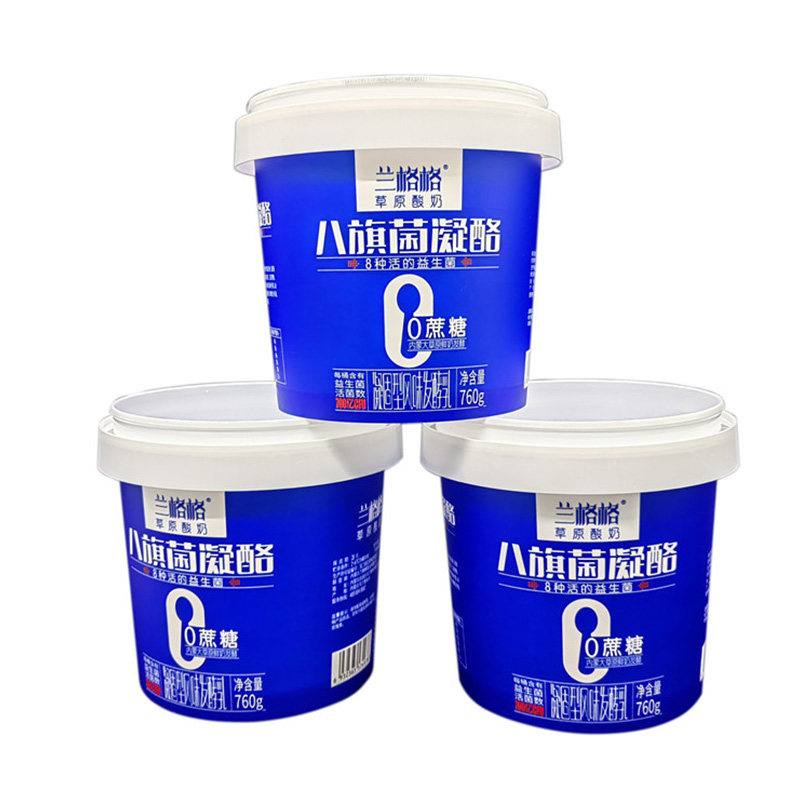What is IML in Plastic?
2025-02-12
The IML process begins with the creation of a high-quality, pre-printed label. This label is designed to meet the specific needs and requirements of the end product, whether it's a container, packaging, or another plastic component. The label is then carefully placed into the mold cavity, ready for the next step.
Next, plastic pellets or resin are heated to their melting point. This molten plastic is then injected into the mold, where it surrounds and adheres to the label. As the plastic cools and solidifies, it bonds with the label, creating a single, unified product. This integration ensures that the label is not just adhered to the surface but is an integral part of the plastic item.
Benefits of In-Mold Labeling
There are numerous advantages to using IML in plastic manufacturing:
Durability: Since the label is an integral part of the plastic product, it is highly durable and resistant to wear and tear. This means that the label will remain clear and legible for the entire lifespan of the product.
Aesthetics: IML allows for the creation of vibrant, high-resolution graphics and text. This makes it an ideal choice for products that require eye-catching packaging or branding.
Cost-Effective: While the initial setup for IML may require a higher investment, the long-term cost savings can be significant. By eliminating the need for separate labeling steps, IML can streamline the manufacturing process and reduce overall production costs.
Environmental Impact: IML is a more environmentally friendly option compared to traditional labeling methods. Since the label is an integral part of the plastic product, there is no need for adhesive materials or separate labeling steps, which can reduce waste and environmental impact.
Applications of In-Mold Labeling
IML is used in a wide range of industries and applications, including:
Packaging: Bottles, jars, containers, and other packaging items can be produced with IML labels that showcase branding, product information, and graphics.
Automotive: Components such as dashboards, door panels, and trim pieces can be enhanced with IML labels that provide instructions, warnings, and decorative elements.
Consumer Electronics: IML is used to label remote controls, gaming controllers, and other electronic devices with buttons, icons, and branding information.
Household Appliances: Appliances such as refrigerators, microwaves, and washing machines can be produced with IML labels that provide control information, settings, and branding.
 English
English Español
Español  русский
русский  Français
Français  日本語
日本語  Deutsch
Deutsch  tiếng Việt
tiếng Việt  Italiano
Italiano  Nederlands
Nederlands  简体中文
简体中文  ภาษาไทย
ภาษาไทย  Polski
Polski  한국어
한국어  Svenska
Svenska  magyar
magyar  Malay
Malay  Pilipino
Pilipino  Türkçe
Türkçe  العربية
العربية  Indonesia
Indonesia 




